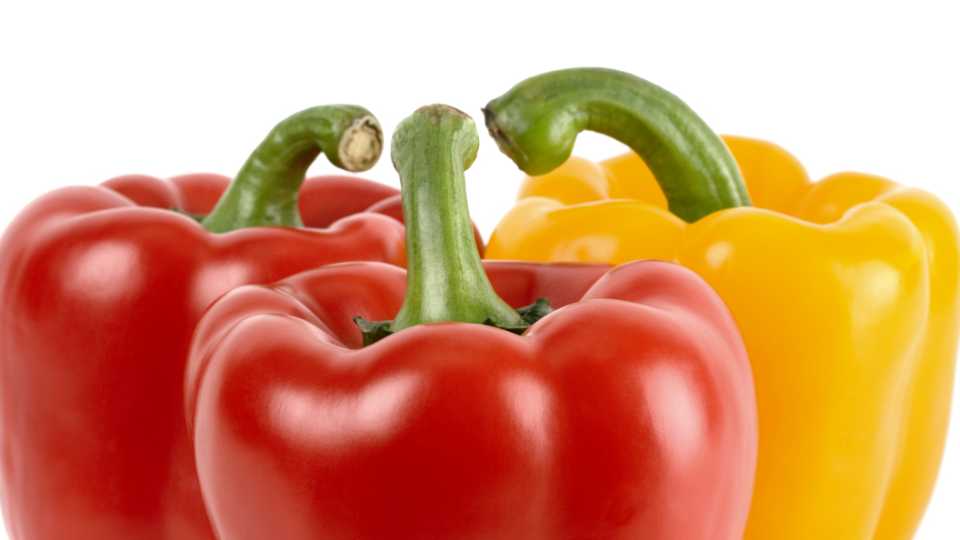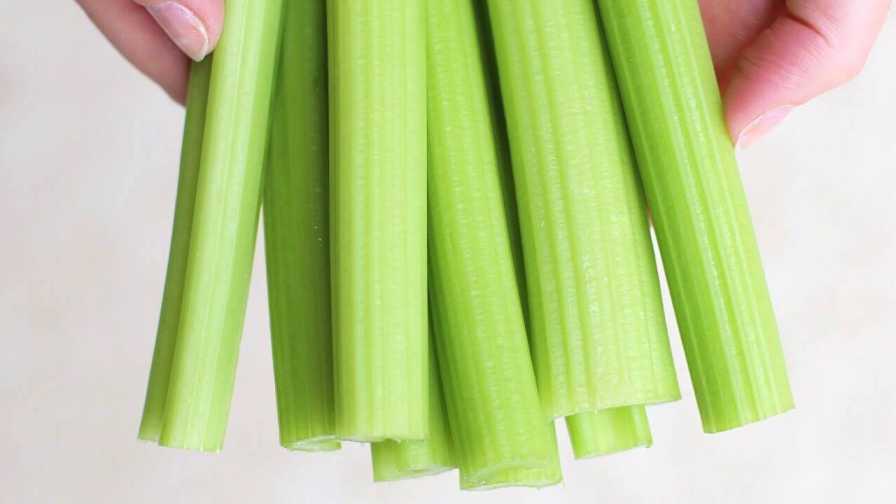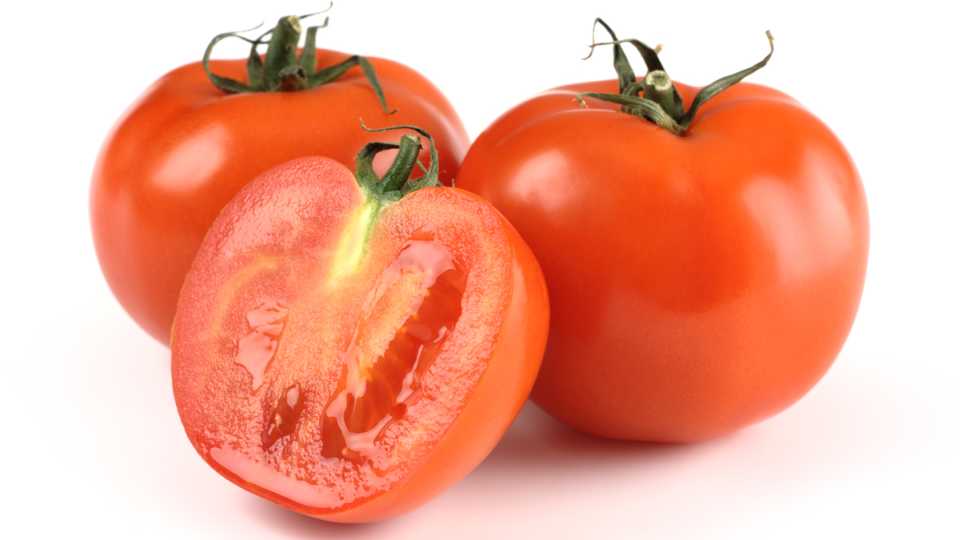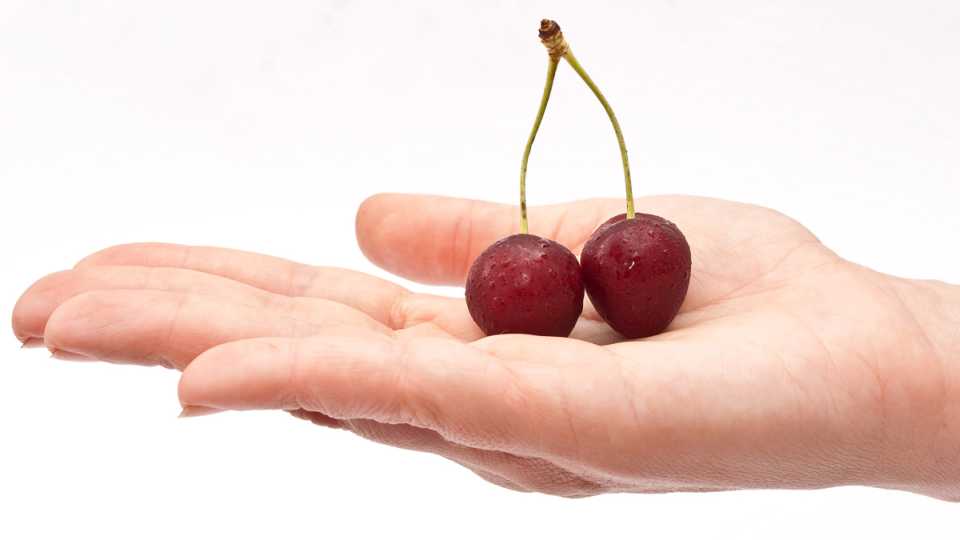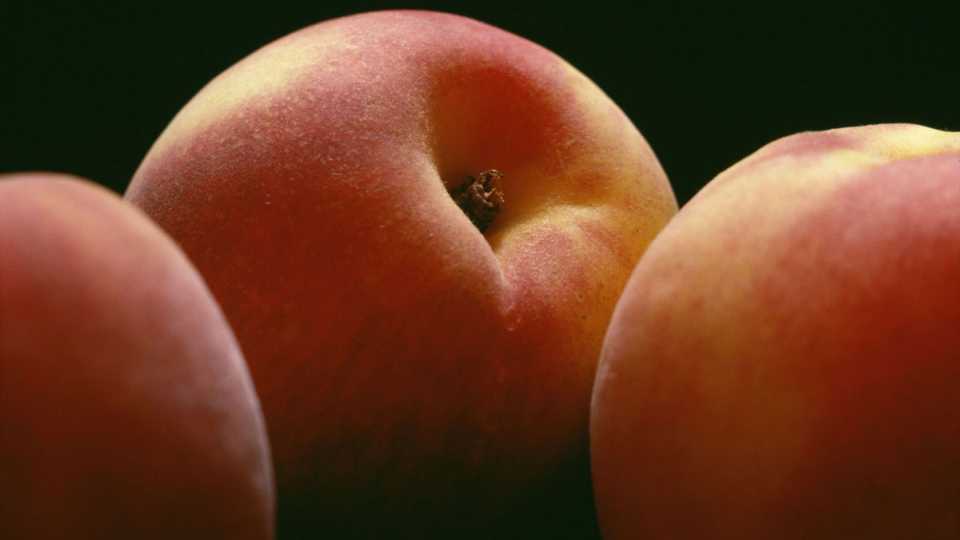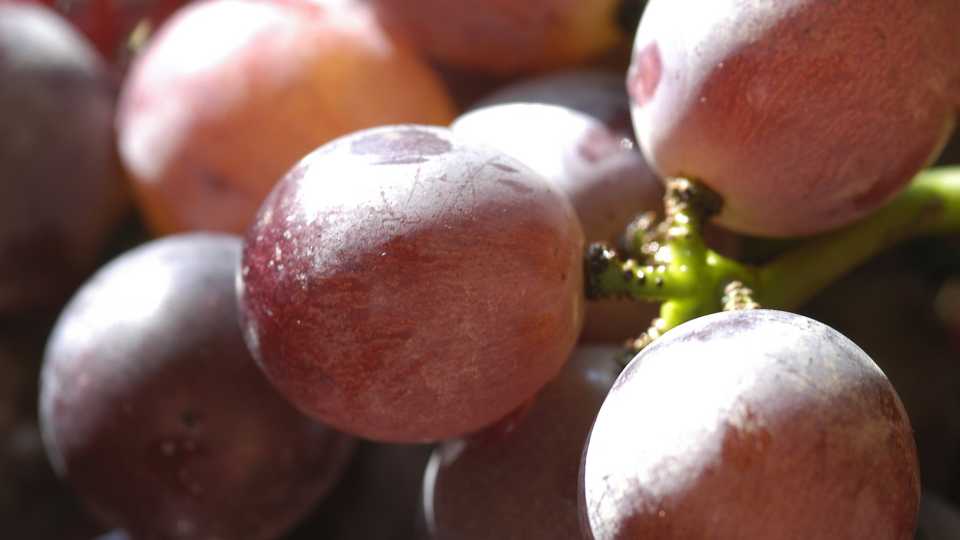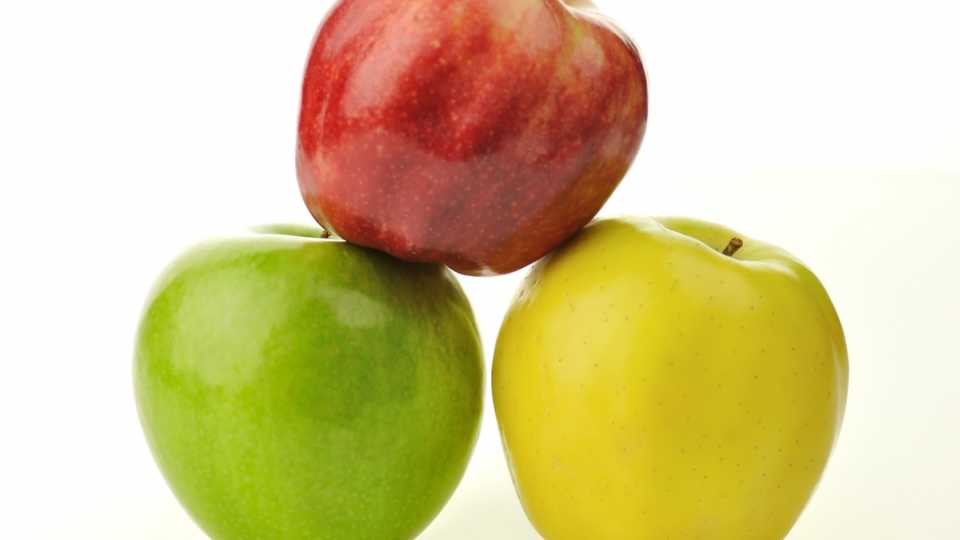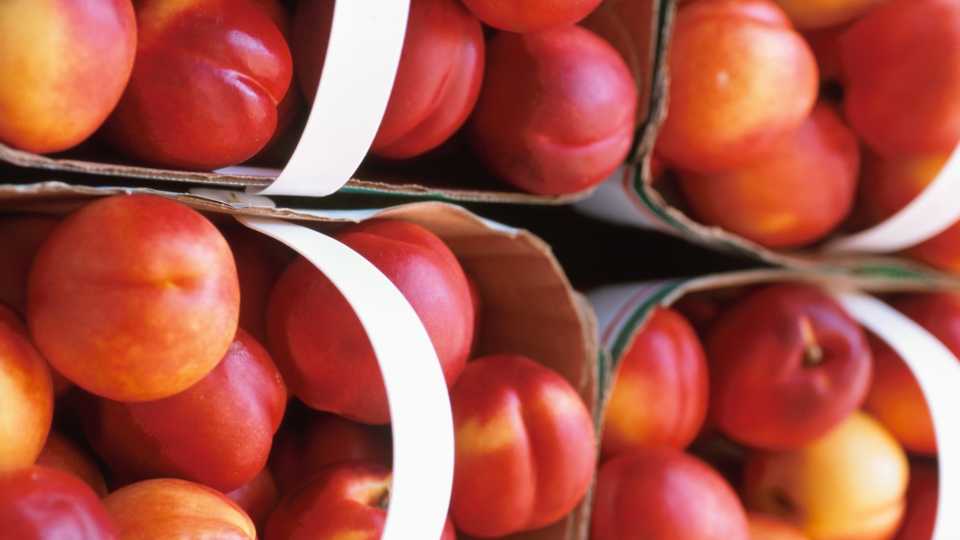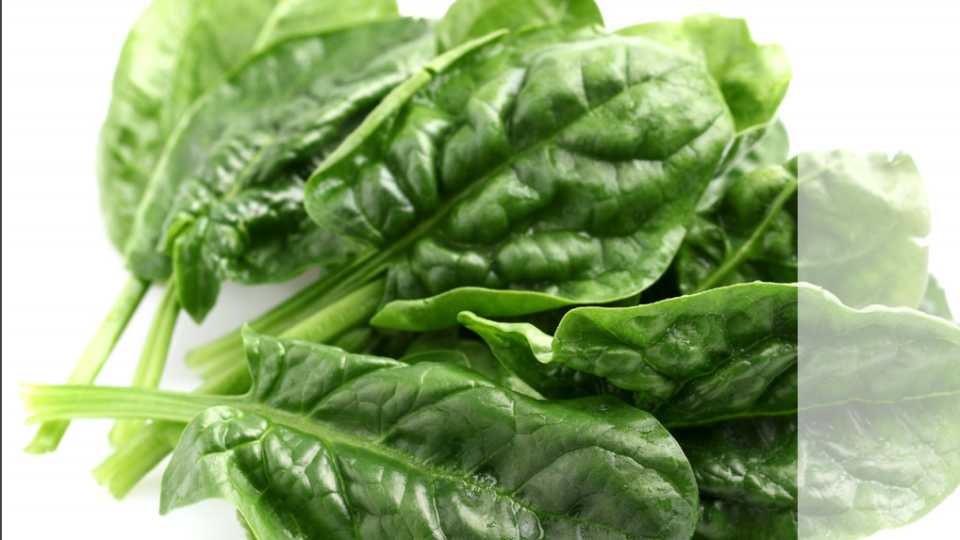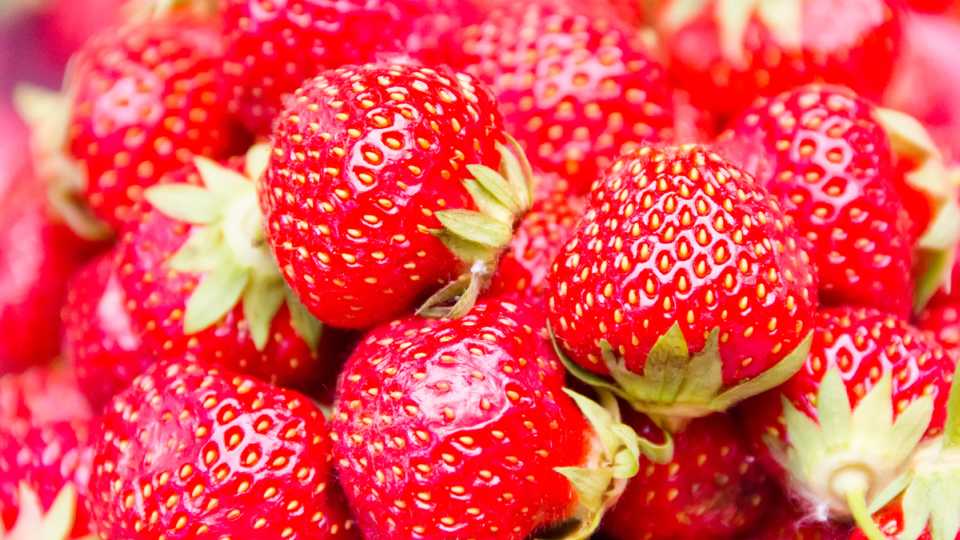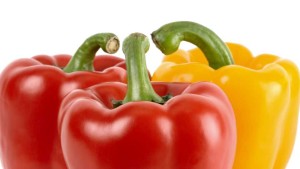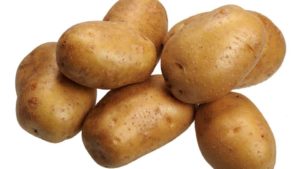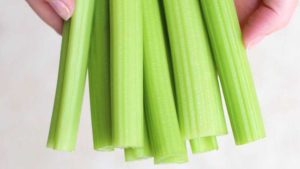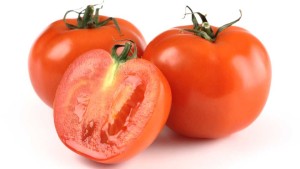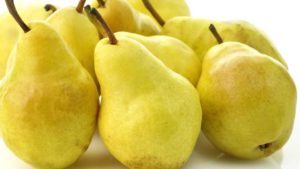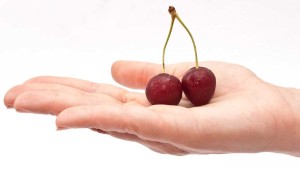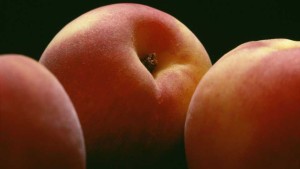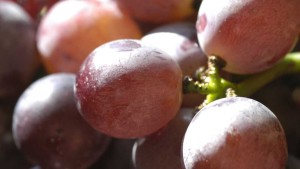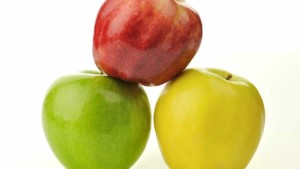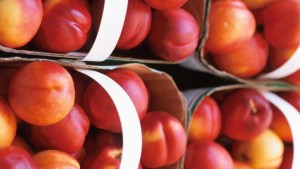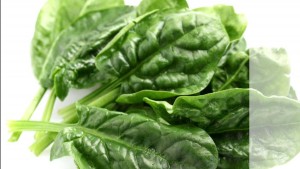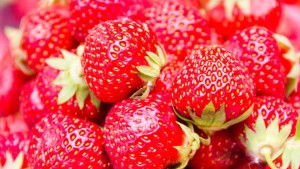Latest ‘Dirty Dozen’ List Puts Produce Industry on the Defensive
It’s that time of year again when the Environmental Working Group (EWG) stirs the pot with its annual “Shopper’s Guide to Pesticides in Produce” report, featuring a “Dirty Dozen” list of fruits and vegetables reported to contain the most pesticide residues. The consumer advocacy group, which has published the controversial report annually since 2004, claims to base results on the more than 38,800 samples of produce tested by the USDA. As expected, produce industry leaders and associations were at the ready to respond vehemently to the latest “Dirty Dozen” list by stepping up to set the record straight.
According to EWG, analysis of the most recent tests by the USDA found nearly 70% of samples of conventionally grown produce were contaminated with pesticide residues.
A sampling of key findings from the latest report highlighted by EWG include:
- More than one-third of strawberry samples analyzed contained 10 or more pesticide residues and breakdown products.
- More than 98% of samples of strawberries, peaches, potatoes, nectarines, cherries, and apples tested positive for residue of at least one pesticide.
- Spinach samples had, on average, almost twice as much pesticide residue by weight compared to any other crop.
The U.S. Apple Association (USApple) is calling the Environmental Working Group’s “Dirty Dozen” list both “inaccurate” and “harmful” to Americans.
“Any report telling people not to eat fresh produce is beyond silly and potentially very harmful advice,” stated USApple President and CEO Jim Bair. “We can all agree that consuming more fruits and vegetables is one of the best things we can do for our health.”
USApple encourages consumers to consider the following when it comes to digesting the “Dirty Dozen.”
1. EWG’s source for its list (USDA) finds no safety concerns. The USDA report that is the basis for EWG’s latest “Dirty Dozen” notes: “One-hundred percent of the apples sampled through PDP had residues below the EPA tolerances.”
2. Peer-reviewed research published in Nutrition Today shows messaging tactics that invoke safety concerns about non-organic produce may have a negative impact on consumption of fruits and veggies among low-income consumers.
3. EWG’s report is not peer reviewed. Unlike other health reports submitted to media, EWG’s list is not peer reviewed by an independent body of scientists, academia, or other review boards.
The non-profit Alliance for Food and Farming responded to EWG’s “Dirty Dozen” with a blog entry of its own titled, “A Dozen More Reasons to Eat Fruits and Veggies.” A portion of the post reads as follows: “According the Centers for Disease Control, only one in 10 Americans consume enough fruits and veggies a day. Yet, activist groups continue to attempt to promote certain types of produce by disparaging others and spreading misinformation about produce safety. In light of these attempts to try and invoke consumer safety fears, it’s a good time to remind people why fruit and veggies are the only food group that health experts urge us to eat more of every day.”
Conversely, EWG also includes in its report a “Clean Fifteen” list of fruits and vegetables for which few — if any — residues were detected.
Highlights pulled from that listing include:
- Less than 1% of avocado and sweet corn samples showed any detectable pesticides.
- More than 80% of pineapples, papayas, asparagus, onions, and cabbages had no pesticide residues.
- No single fruit sample from the “Clean Fifteen” tested positive for more than four pesticides.
Scan the slideshow above for a countdown of EWG’s 2018 “Dirty Dozen” list as well as a link to find out how its “Clean Fifteen” stacks up this year.




